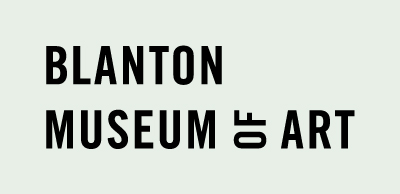Cadmium Red Above Black
Primary
Adolph Gottlieb
(New York, New York, 1903–East Hampton, New York, 1974)
NationalityAmerican, North America
Date1959
MediumOil on canvas
DimensionsSight: 108 × 90 in. (274.3 × 228.6 cm)
Framed: 109 1/4 × 91 3/8 × 2 3/8 in. (277.5 × 232.1 × 6 cm)
Framed: 109 1/4 × 91 3/8 × 2 3/8 in. (277.5 × 232.1 × 6 cm)
Credit LineBlanton Museum of Art, The University of Texas at Austin, Gift of Mari and James A. Michener, 1991.224
Keywords
Rights Statement
Collection AreaModern and Contemporary Art
Object number1991.224
On View
Not on viewCollection Highlight
In the aftermath of World War II, artists proposed that painterly abstraction could express complex feelings of both traumatic devastation and its antithesis, the heroic sublime. Adolph Gottlieb, along with William Baziotes, Mark Rothko, and other Abstract Expressionists working in New York in the 1940s, avidly discussed new psychological theories and explored dream interpretation and Jungian archetypes in their painting. Seeking to develop images that were mythic and universal, they drew from precedents established by European Surrealist artists such as André Breton and Roberto Matta, a Chilean working in Paris.
Gottlieb’s painting of floating shapes evokes the eternal forces of nature. A key work from Bursts, one of his most important series, its imagery derives from sketches he had made years before in the Arizona desert. The distilled red and black shapes—one stained and static, the other dynamic and more vigorously brushed—suggest essential oppositions or dualities, a central precept of Gottlieb’s painterly investigation. The tension between these two elemental forms, and the straightforward monumentality of their presentation, conveys intensity, drama, and the constancy of change.
Exhibitions















